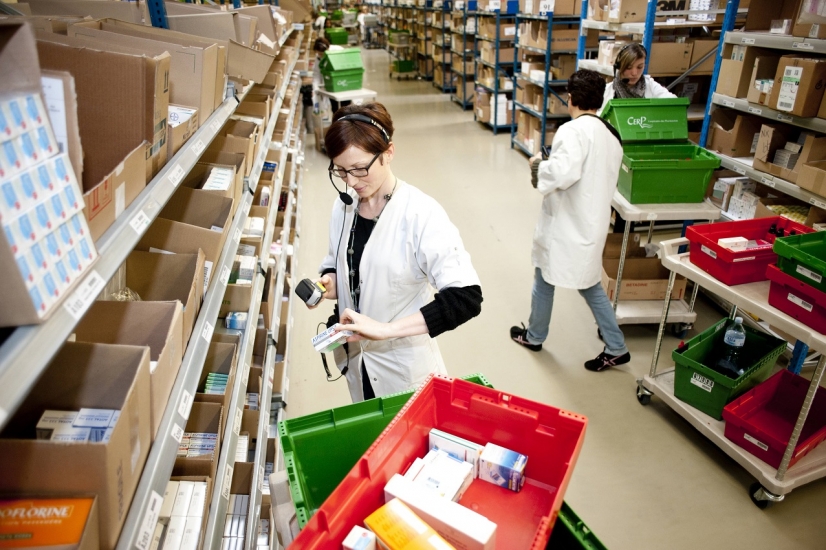The challenges of Good Distribution Practice
Import, wholesale and distribution are essential yet delicate links in the pharmaceutical supply chain.
In the same way that Good Manufacturing Practice is an integral part of the pharmaceutical manufacturing process, so the implementation of Good Distribution Practice needs to be guaranteed at the wholesale distribution stage. Consistent application of good practice at all stages of the distribution process means that patients can be sure of the quality, efficiency and safety of the medicinal products they need for their health.
Good Distribution Practice: update from 5 November 2013
The corrected version of the Guidelines on the wholesale Good Distribution Practice of Medicinal Products for Human Use (2013/C 343/01) was published in the Official Journal of the European Union on 5 November 2013. The new guidelines replace those from 7 March 2013 and are applicable the day after publication.
This new version differs from the 1994 version in that it includes all parties involved in the distribution of medicinal products, such as exporters (even in free zones) and brokers. It deals with all those factors and areas that ensure a secure distribution chain and prevent falsified medicinal products from entering the chain.
What has changed in the new GDP?
Good Distribution Practice now requires:
- A quality system which documents processes, risk-management principles and change control, and which includes management of outsourced activities through the auditing of contracting parties.
- Competent personnel, adequately trained in GDP and working under the direction of a designated responsible person with the necessary qualifications, authority and resources.
- Adequate and appropriate premises and equipment so as to ensure proper, safe storage conditions (temperature, cleanliness etc.) and to allow for correct implementation of procedures: cold rooms, refrigerators, approved and calibrated measuring devices with documented procedures; documentation of any deviations and implementation of corrective and preventive actions (CAPA).
- Accessible documentation that sets out processes, instructions, contacts and data. All procedures and amendments must be approved, dated and signed.
- Qualified providers and clients who are authorised to deliver medicinal products while maintaining appropriate conditions for receipt and storage and meeting the requirements for the destruction of expired products.
- Registration and management of complaints, returns, suspected falsified medicinal products and recalls in line with written procedures.
- Outsourced activities that are well defined and controlled, under the responsibility of the contractor Contracting parties must be competent and qualified for the activity assigned to them.
- Self-inspections to monitor implementation of GDP.
- Storage conditions that are kept stable during transportation using well-maintained vehicles and equipment. Approved equipment (cold chain shipping containers or vehicles) must be used to transport heat-sensitive medicinal products, with temperatures monitored and charted, and personnel trained in procedures and the seasonal configuration of insulated packaging. Cooling packs must not come into contact with the medicinal products.
- Specific provisions now apply to brokers involved in these activities.
An upcoming article will examine in more detail the new Good Distribution Practice as it applies to the transportation of pharmaceutical products in the cold chain.
